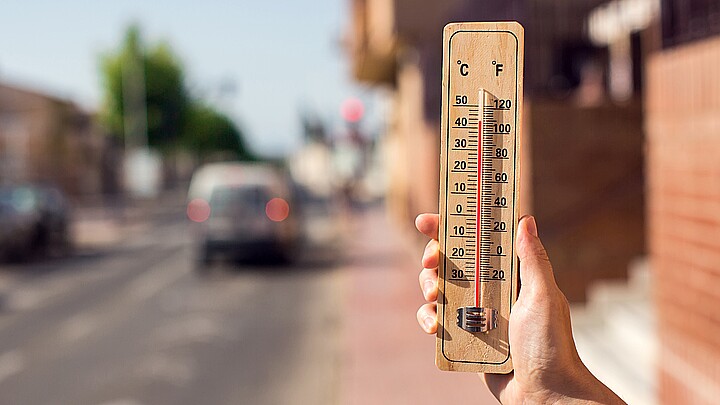Climate
Arizona limits construction in Phoenix area as groundwater dries up
The measure taken by the Arizona Department of Water Resources aims to slow the population growth in the Phoenix area

June 5, 2023 7:04am
Updated: June 5, 2023 7:04am
Arizona on Thursday set limits on new housing projects in the Phoenix area after officials worry that there is not enough groundwater for all of the housing that has already been approved.
The measure taken by the Arizona Department of Water Resources aims to slow the population growth in the Phoenix area, one of the fastest-growing metropolitan regions in the country that has seen a boom in development.
A recent analysis by state officials concluded that Phoenix will experience a water shortfall of 4% or 4.86 million acre-feet (6 billion cubic meters) over the next 100 years.
In order to prevent wells from drying up the underground water, the state said it would deny new certificates of Assured Water Supply, which are needed to develop new homes.
"It's a reality check. We need to have the water supplies in order to grow," said Sharon Megdal, director of the University of Arizona's Water Resources Research Center.
Phoenix is located within Maricopa County, home to almost 60% of Arizona’s population—equivalent to 4.6 million people. Its main water source is surface water, followed by reclaimed water, reported Forbes. However, the water level has decreased over the past several years, with some areas facing severe droughts caused by overuse of water and climate-driven droughts.
Arizona’s housing developments are supposed to guarantee 100 years–worth of water supply to be approved for construction under the state's Assured Water Supply Program.
In light of the lack of water, however, developers would need to find other water sources to build new housing. Some other options include having designated entities that have excess water or allowing farmers or Native American tribes with water rights to sell the water they have. Another option that could be used is recycled water or desalinated brackish groundwater.







